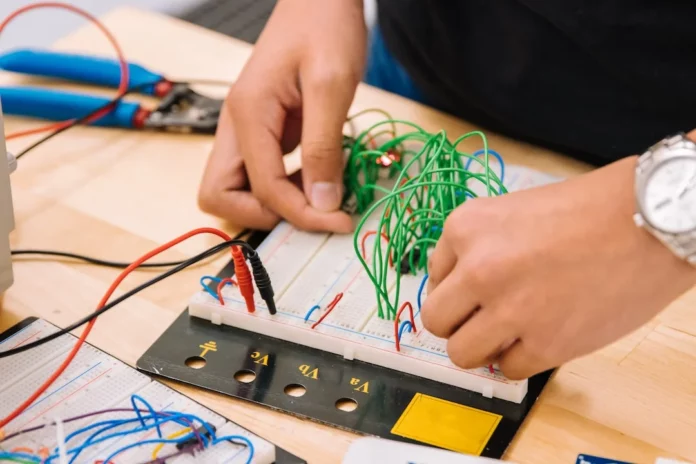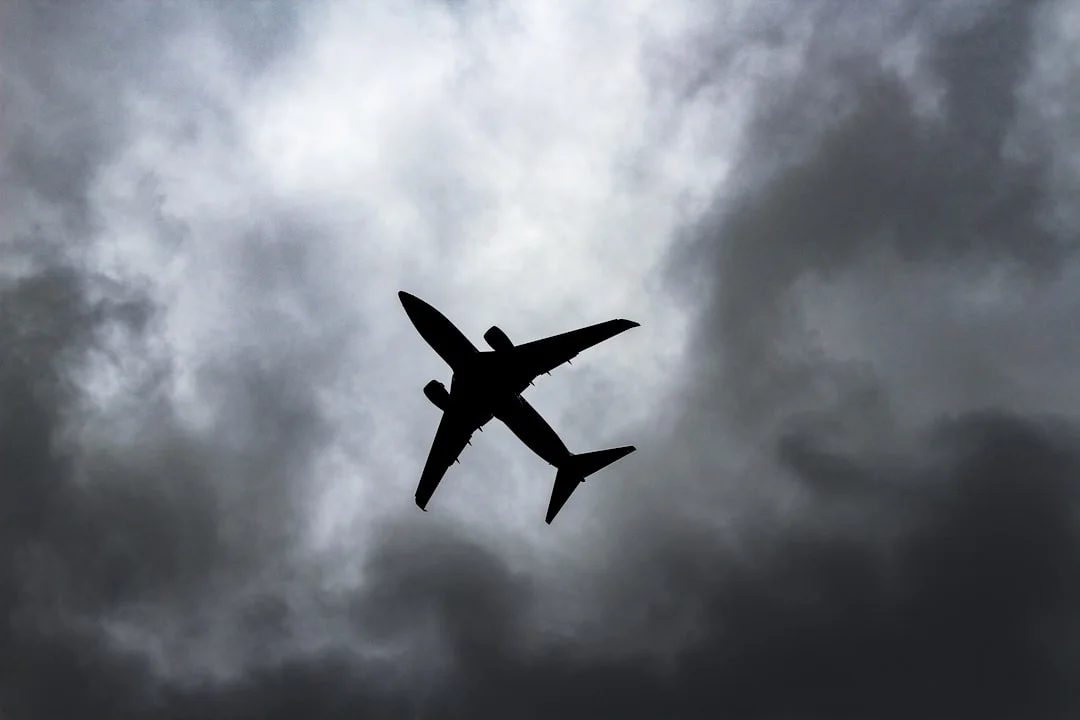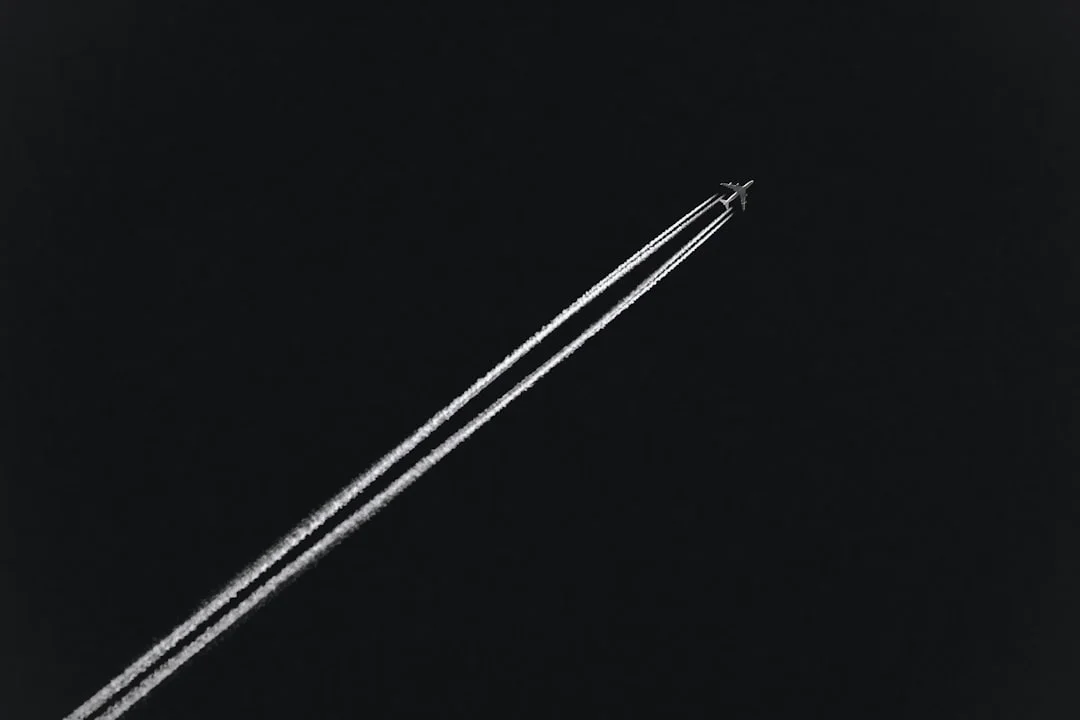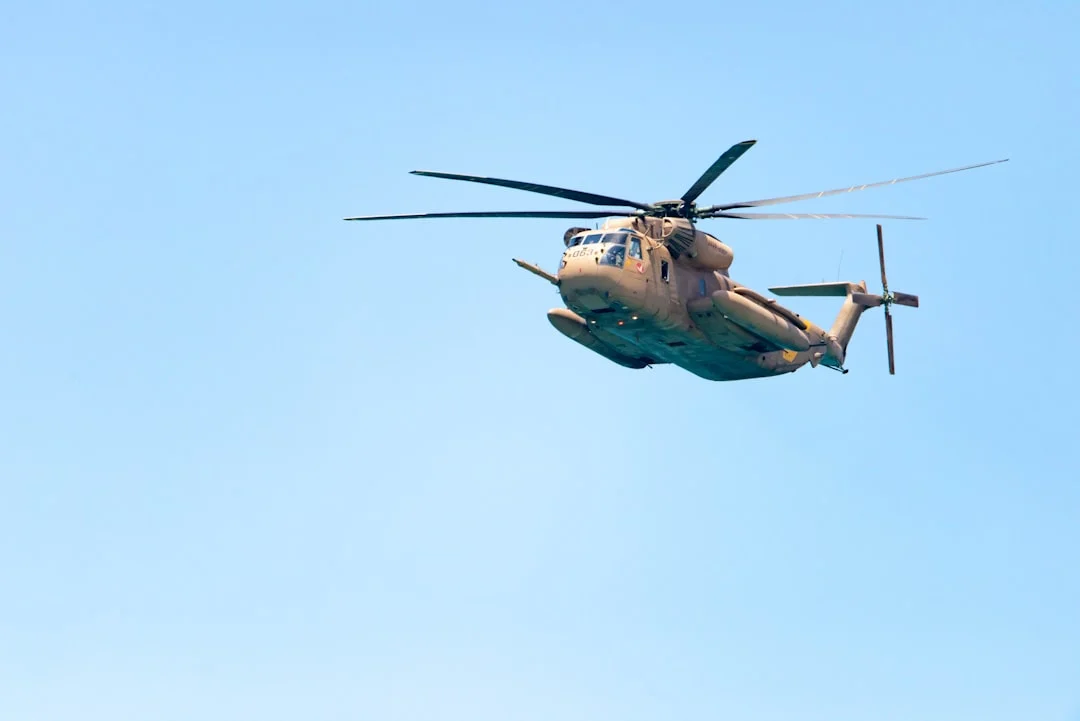The Control System Electronics Unit, commonly known as CSEU, is a crucial component of the Boeing 777 aircraft’s control system. It plays a vital role in controlling and monitoring various systems on the aircraft, ensuring safe and efficient operation throughout the flight. From managing flight controls to handling communication and navigation systems, the CSEU is responsible for the smooth functioning of numerous electronic systems on board.
In this article, we will delve into the details of the Control System Electronics Unit on the Boeing 777, exploring its functions, components, and significance in maintaining the aircraft’s operational integrity.
Contents
Functions of the Control System Electronics Unit
The Control System Electronics Unit serves as the central hub for various control systems on the Boeing 777. It performs a multitude of functions that are essential for the successful operation of the aircraft. Let’s take a closer look at some of its key functions:
Flight Controls
One of the primary areas where the CSEU is instrumental is in controlling the flight control surfaces, such as the ailerons, elevators, and rudder. It receives inputs from the pilot through the control columns and translates them into electronic signals that actuate the respective control surfaces.
The CSEU continuously monitors the position of these control surfaces and provides feedback to the flight control systems, ensuring the desired movements and stability of the aircraft in flight. It also incorporates built-in redundancy to enhance the reliability of the flight control system, thereby reducing the likelihood of failures or malfunctions.
The Control System Electronics Unit is responsible for managing the communication and navigation systems on the Boeing 777. It interfaces with the aircraft’s avionics systems, including the radios, transponders, and navigation equipment, and facilitates the exchange of information between these systems and the flight crew.
The CSEU ensures accurate communication between the aircraft and air traffic control, enabling seamless transmission of vital information, such as position reports and flight plans. It also plays a crucial role in the functioning of the onboard weather radar, enhancing situational awareness and enabling pilots to navigate through challenging weather conditions.
Electronic System Monitoring
The Control System Electronics Unit serves as a vigilant guardian, constantly monitoring the various electronic systems on the Boeing 777. It detects any deviations or anomalies in the system parameters, such as abnormal sensor readings or excessive power consumption, and alerts the flight crew about potential issues.
This continuous monitoring helps in the early detection of faults or malfunctions, allowing maintenance teams to take proactive measures and rectify the problems before they escalate. The CSEU plays a pivotal role in ensuring the overall reliability and safety of the aircraft’s electronic systems.
Components of the Control System Electronics Unit
The Control System Electronics Unit comprises several key components that work together to carry out its functions. Let’s explore some of these essential components:
CSEU Central Processing Unit (CPU)
The CSEU Central Processing Unit (CPU) serves as the brain of the Control System Electronics Unit. It is responsible for executing commands and processing data, ensuring the efficient operation of the various systems connected to the CSEU. The CPU operates at high speeds, allowing for real-time processing and rapid response to inputs.
Input/Output (I/O) Modules
The Input/Output (I/O) modules act as intermediaries between the CSEU and the various external systems it interfaces with. These modules handle the task of converting analog and digital signals to a format compatible with the Control System Electronics Unit, allowing for seamless communication and integration with other systems.
Power Supply Unit (PSU)
The Power Supply Unit (PSU) provides the necessary electrical power to the Control System Electronics Unit and its associated components. It ensures a stable and reliable power supply, preventing fluctuations or interruptions that could adversely affect the operation of the CSEU. The PSU incorporates redundancy to enhance the system’s reliability, reducing the risk of power-related failures.
Significance of the Control System Electronics Unit
The Control System Electronics Unit plays a vital role in ensuring the safe and efficient operation of the Boeing 777 aircraft. Its significance can be summarized in the following points:
Flight Safety
The CSEU is crucial for maintaining the flight safety of the Boeing 777. It enables precise control of the aircraft’s flight control surfaces, ensuring stable and predictable movements during takeoff, landing, and all phases of flight. By continually monitoring the position and feedback of these control surfaces, the CSEU helps prevent potential flight control issues, contributing to the overall safety of the aircraft.
In the event of a fault or anomaly in any of the electronic systems, the Control System Electronics Unit promptly alerts the flight crew, allowing them to take appropriate corrective actions. This early warning system helps mitigate potential risks and ensures the safety of the passengers and crew on board.
Operational Efficiency
The Control System Electronics Unit plays a significant role in optimizing the operational efficiency of the Boeing 777. By managing the communication and navigation systems, it helps facilitate seamless interaction between the aircraft and external entities, such as air traffic control and ground stations.
The CSEU also contributes to the efficient use of electrical power on the aircraft. Its monitoring capabilities allow for the early detection of excessive power consumption, enabling timely intervention and conservation of resources. This proactive approach helps reduce fuel consumption and contributes to the overall operational efficiency of the aircraft.
Reliability and Maintenance
The Control System Electronics Unit enhances the reliability of the Boeing 777’s electronic systems through continuous monitoring and fault detection. Its early warning system allows maintenance teams to identify and rectify potential issues before they lead to system failures or malfunctions.
Furthermore, the CSEU incorporates redundancy in its design, ensuring that even in the event of a failure or malfunction in one component, the system can continue to operate without compromising the safety or performance of the aircraft. This redundancy also contributes to the ease of maintenance, allowing for uninterrupted operation during routine inspections or component replacements.
Overall, the Control System Electronics Unit plays a critical role in the Boeing 777, providing essential control, monitoring, and management functions for the various electronic systems on board. Its significance in ensuring flight safety, operational efficiency, and reliability cannot be overstated.
For more information about the Boeing 777 and its control system, you can visit Boeing 777 Official Website.




